During the early decades of the twentieth century, South Beach on Staten Island earned its reputation as the “Riviera of New York City.” It stood as a premier summer resort destination, drawing large crowds from the city seeking sun, entertainment, and escape along the shores of Lower New York Bay.
The main attraction was the long stretch of sandy beach. Visitors flocked there for swimming in the bay waters and relaxing on the sand. A wooden boardwalk ran parallel to the beach, serving as a busy pathway for people to stroll, socialize, and reach the various amusements and concessions lining the waterfront. This boardwalk was a central feature of the resort experience.
South Beach contained significant amusement areas. Happyland Park, which opened around 1906, became a major draw within the resort. This amusement park offered thrilling rides for visitors. Among its attractions were roller coasters like the one named “Tornado,” classic carousels, fun houses designed to entertain and disorient, and various mechanical rides. Numerous game booths challenged visitors to test their skill, while food stands sold refreshments typical of seaside resorts.
Read more
Accommodation options catered to different lengths of stay and budgets. Large wooden hotels stood prominently near the beachfront, offering rooms for tourists spending a night or longer. For families seeking extended summer stays, colonies of small bungalows provided seasonal homes. Simple tent cities also offered very affordable lodging during the warm months. Restaurants and bustling beer gardens served food and drinks, acting as popular social hubs often filled with music and conversation.
Reaching South Beach involved several transportation methods. Electric trolley lines operated routes from the St. George ferry terminal directly to the South Beach resort area, carrying thousands of passengers daily during the summer. The Staten Island Railway operated a dedicated South Beach branch, providing another direct rail link for visitors arriving via the ferry. Additionally, steamboats offered direct service from Manhattan and Brooklyn piers to South Beach during the peak season, providing a pleasant trip across the water.
The atmosphere at South Beach during summer was energetic and crowded, especially on weekends and holidays. The sounds of amusement park rides, music from pavilions, vendors calling out, and crowds enjoying the shore filled the air. The location provided wide views across the bay. Operating a resort built primarily of wood directly on the coast involved risks. Severe coastal storms periodically caused damage to the boardwalk, piers, and buildings, and the threat of fire was always present among the closely built structures.


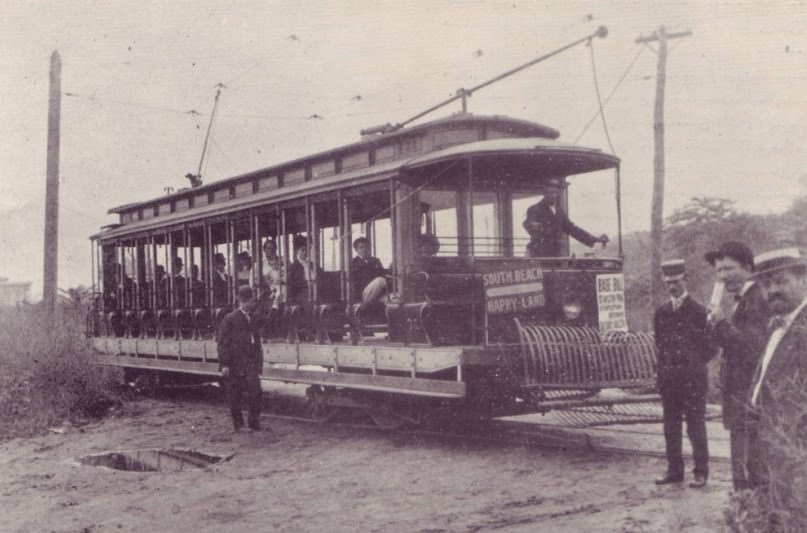
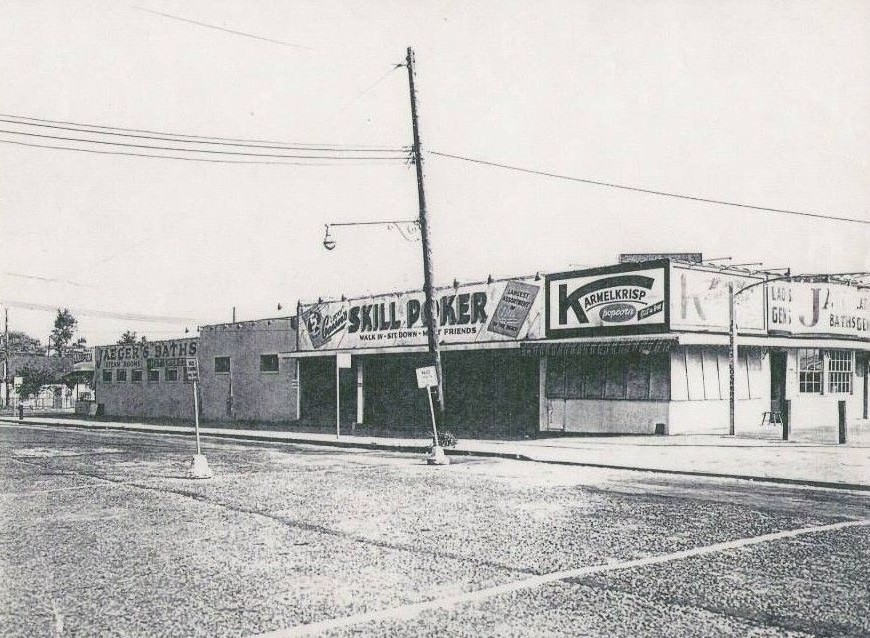

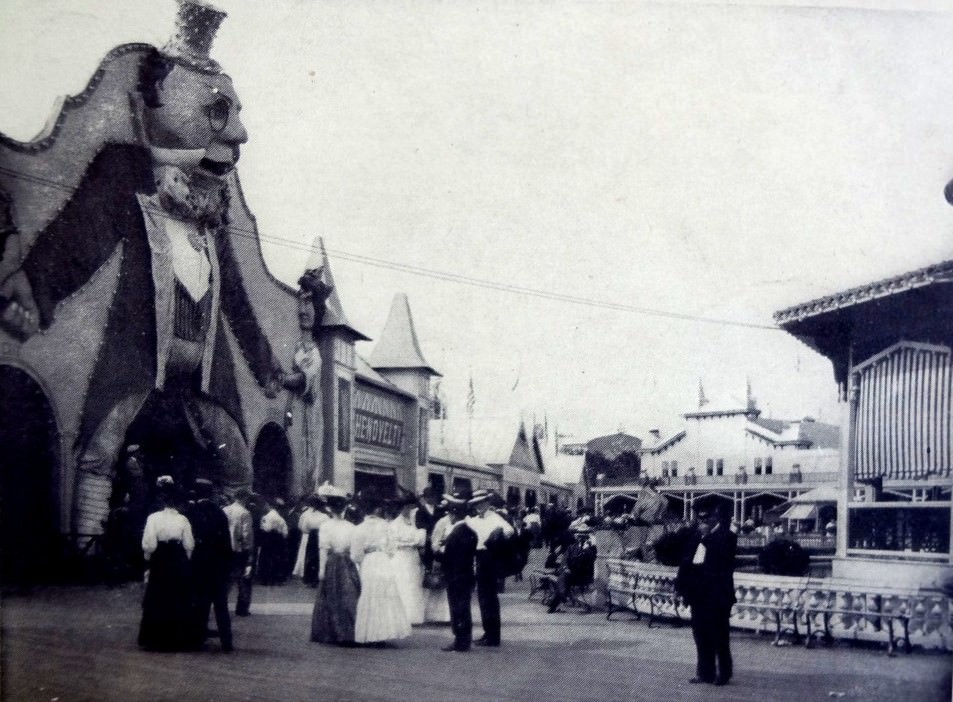
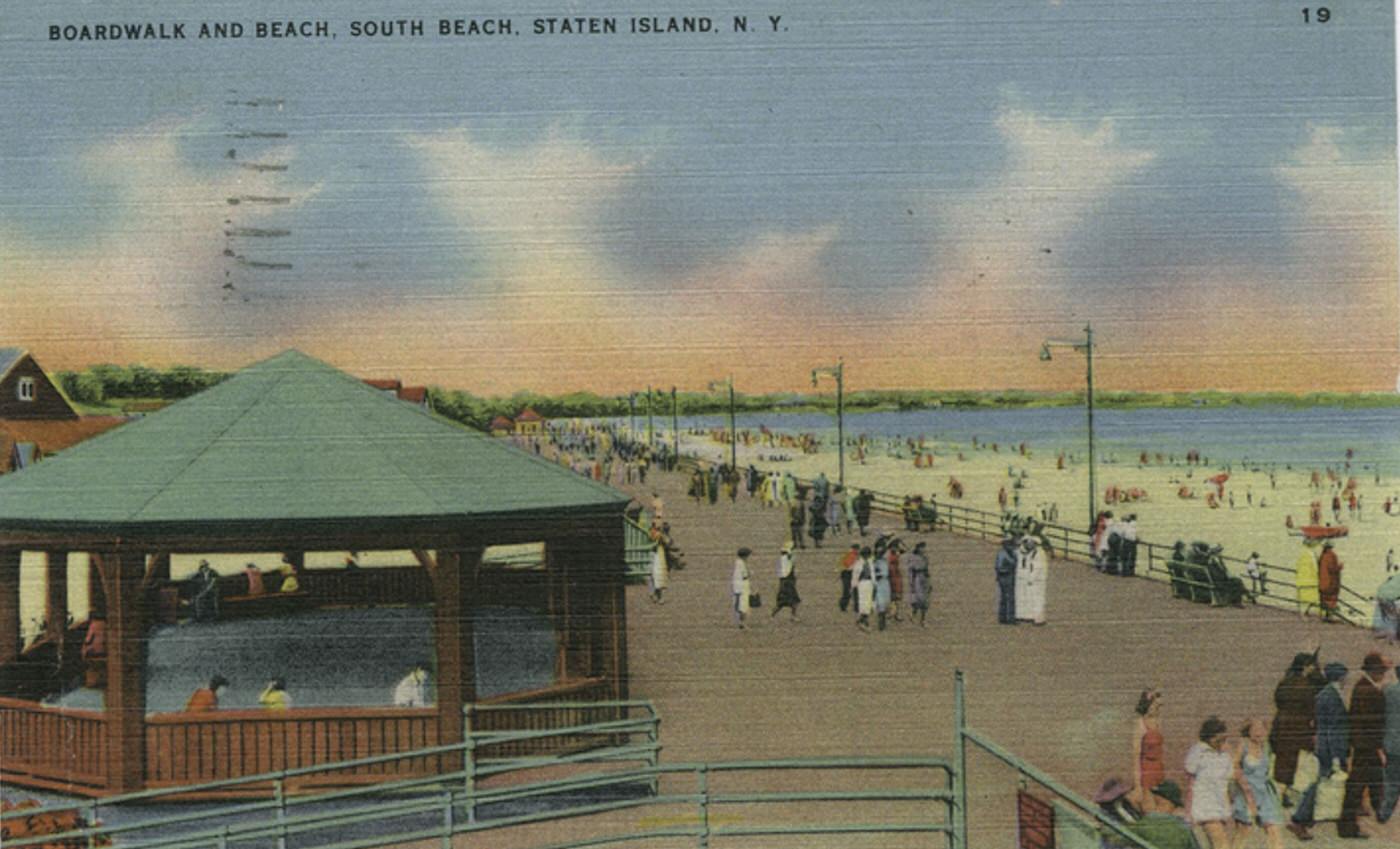
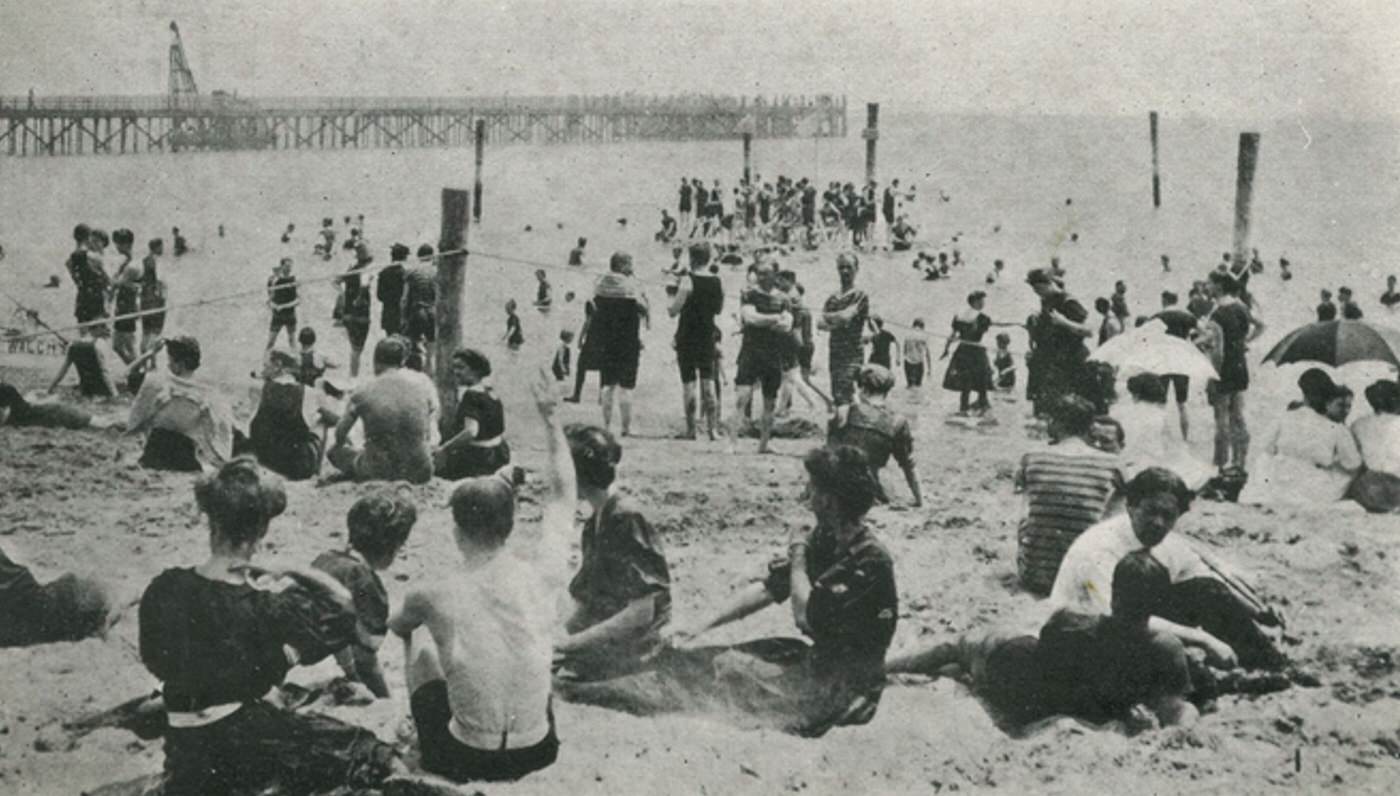
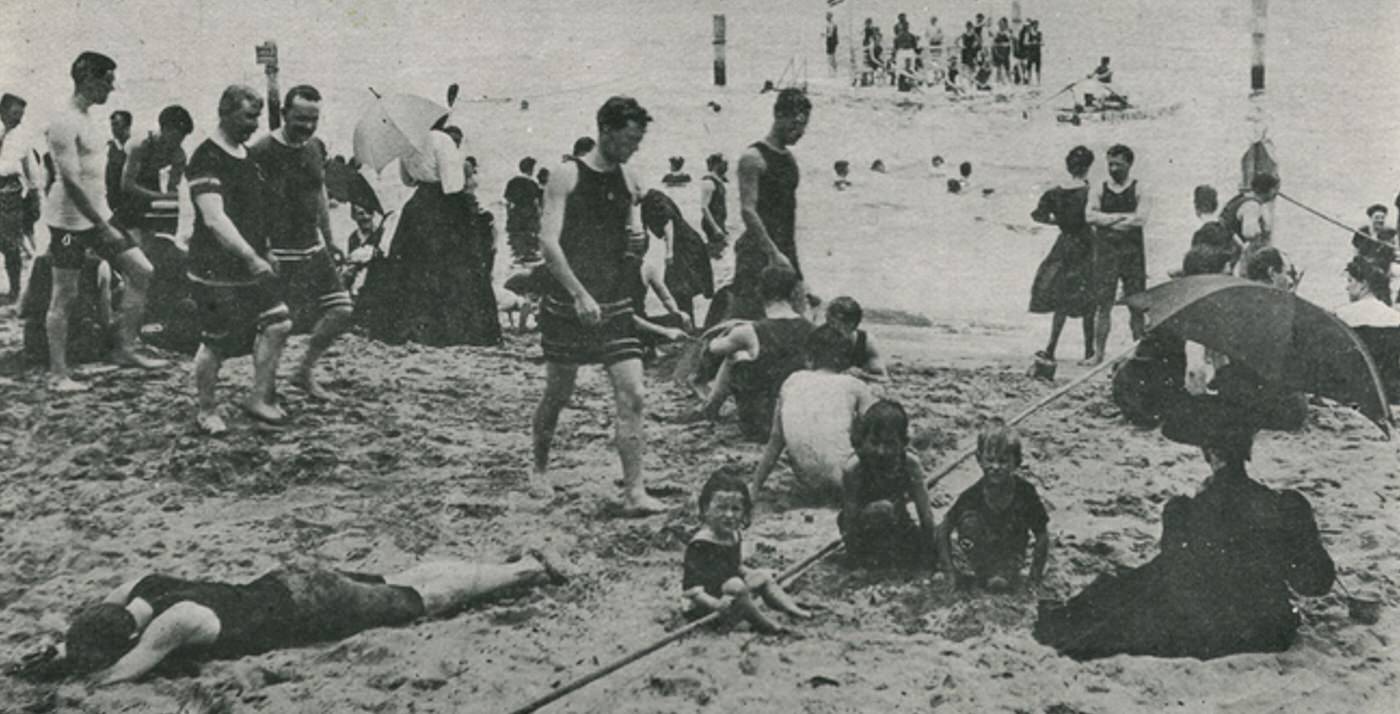
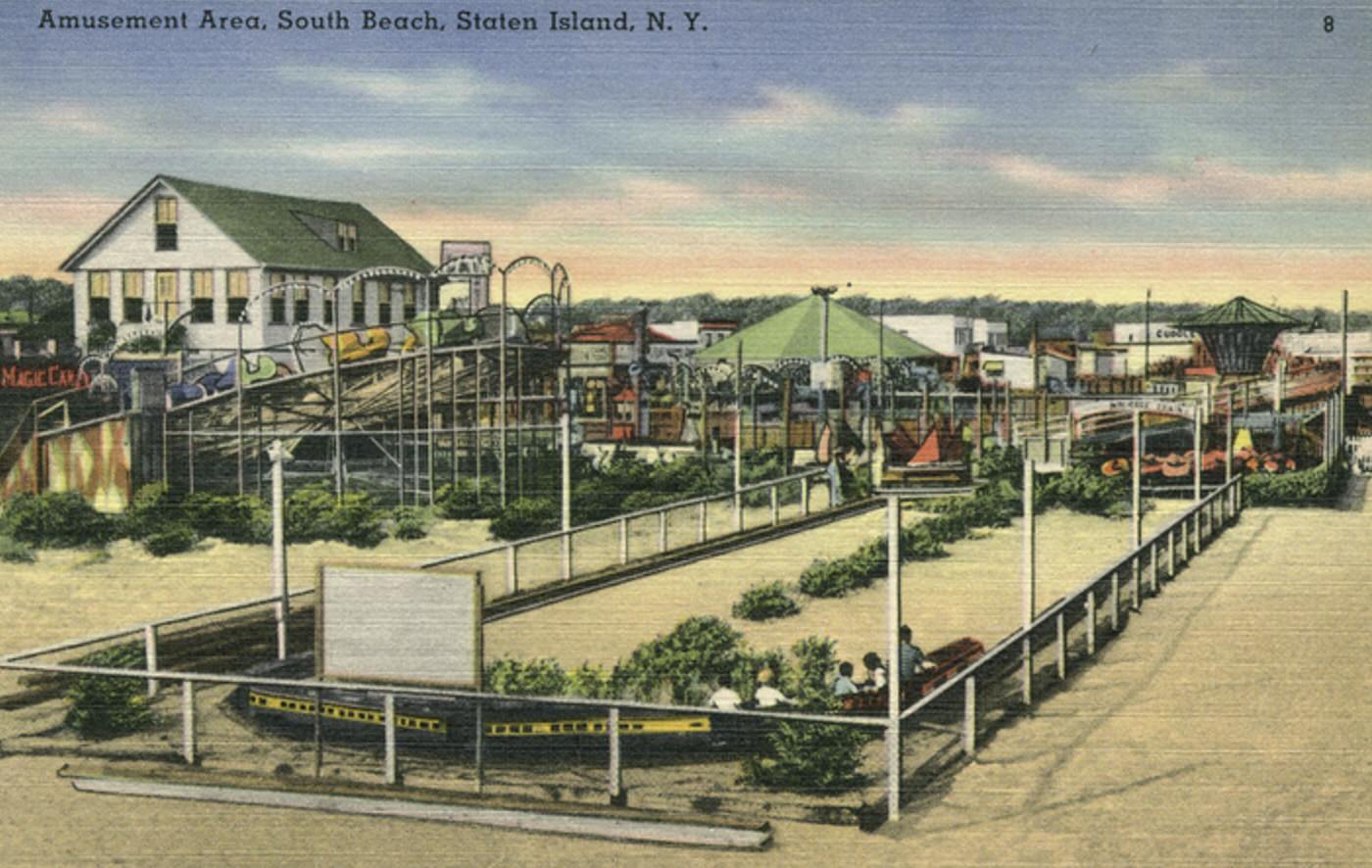
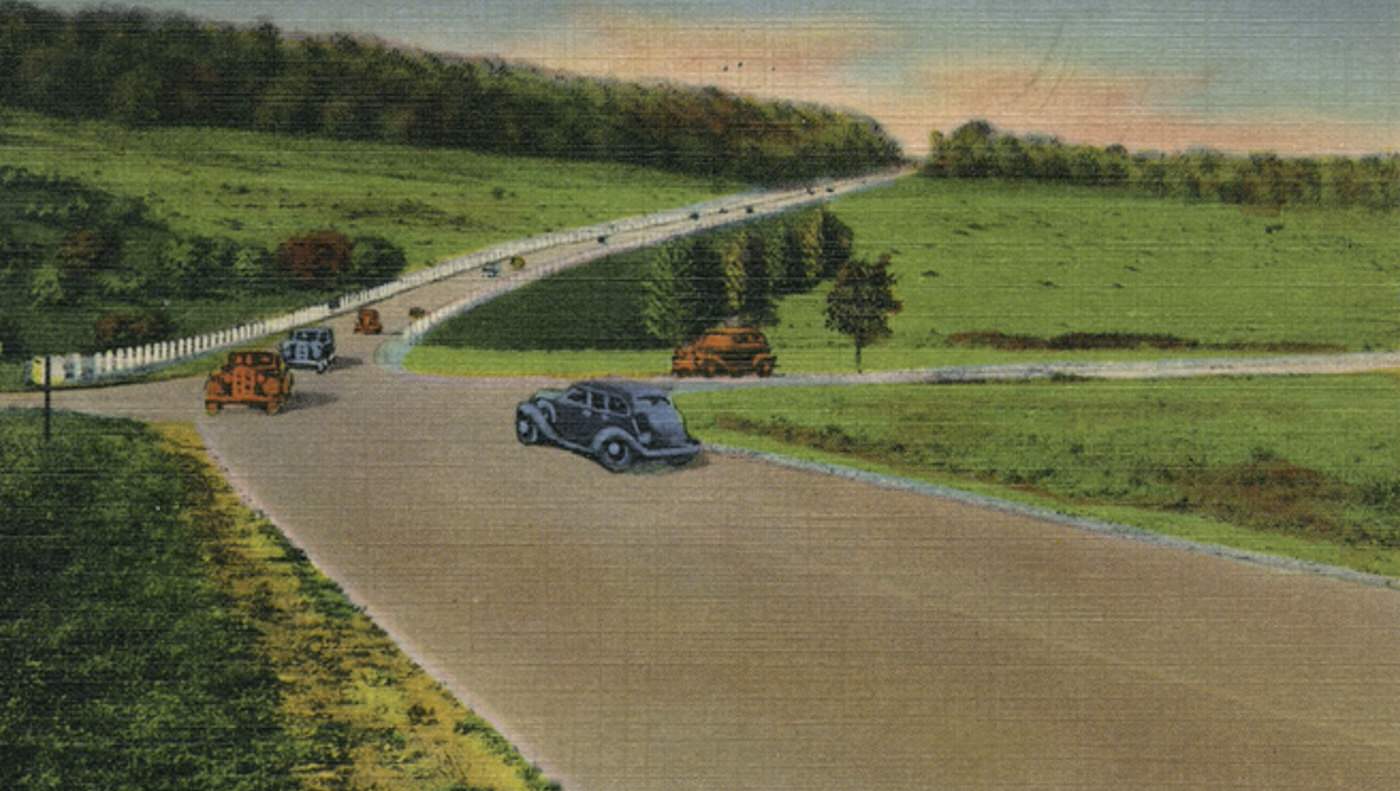
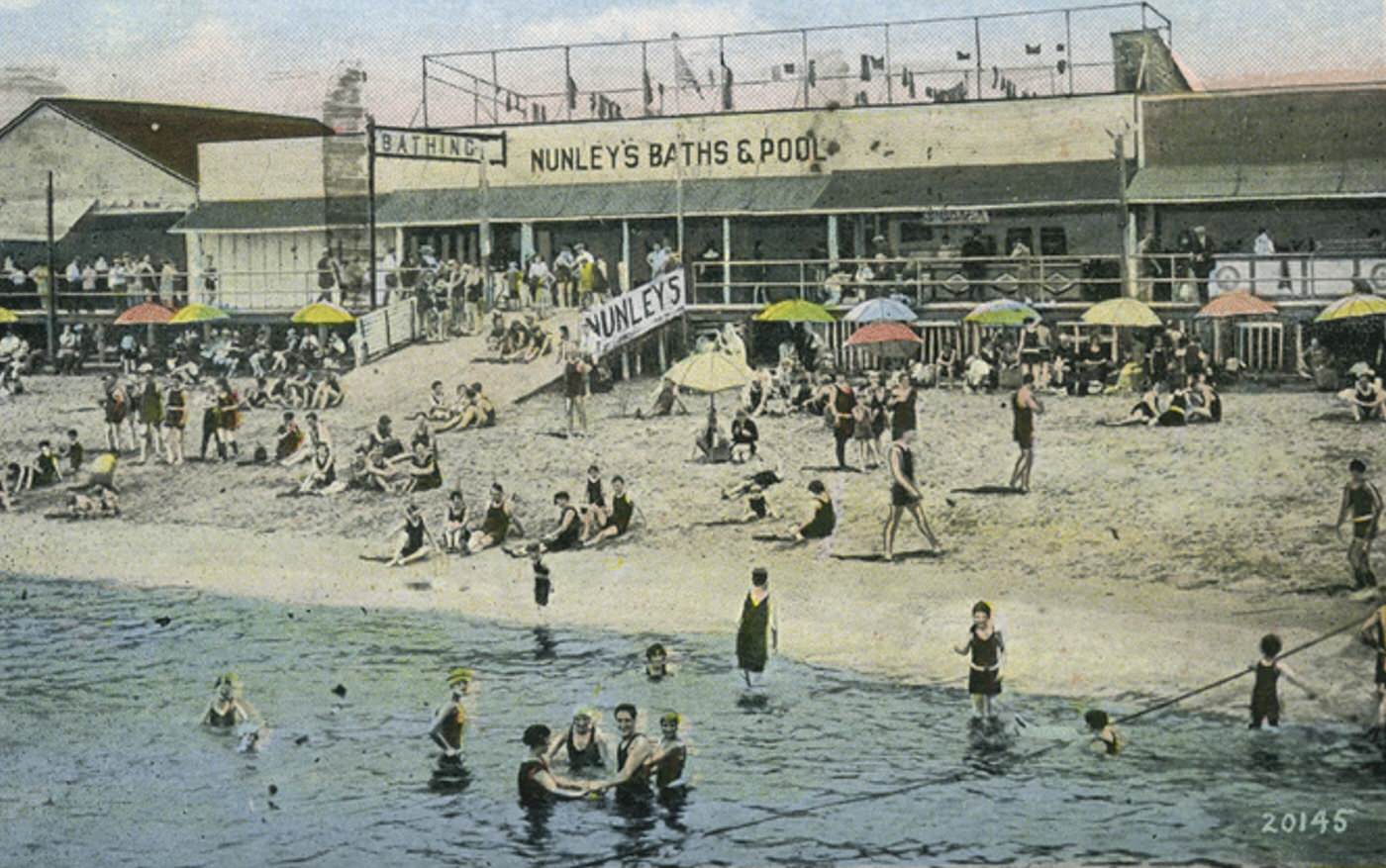
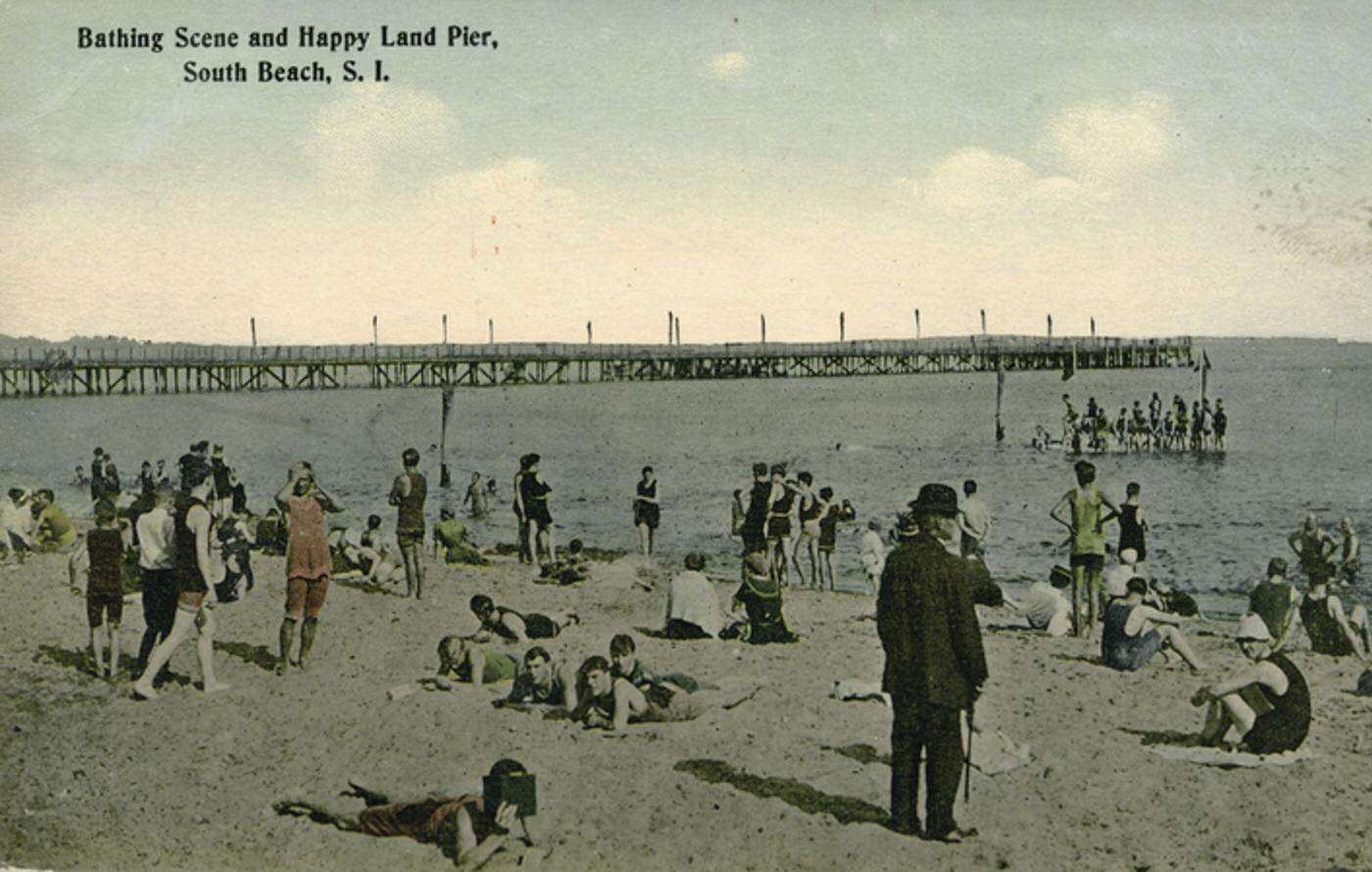

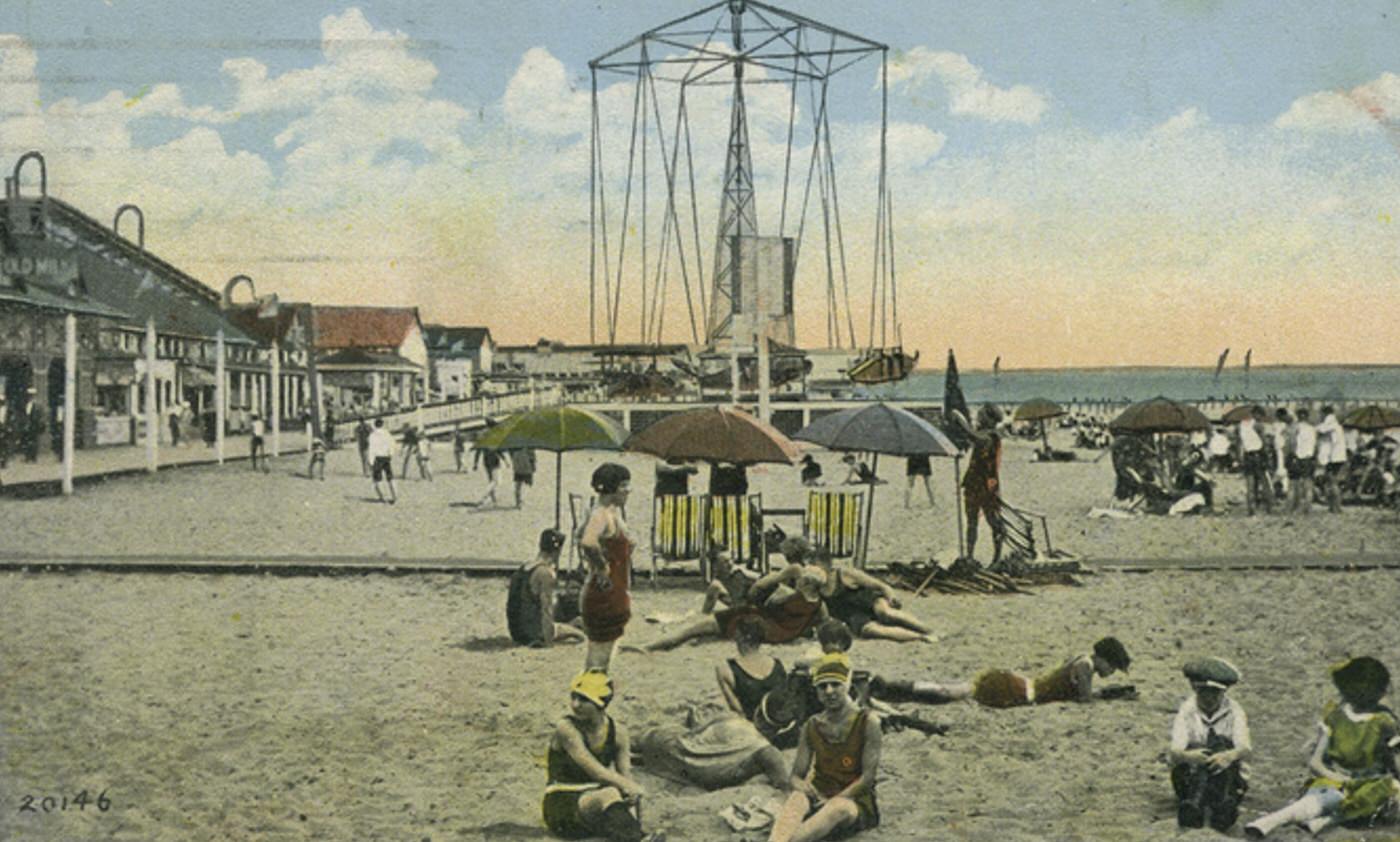


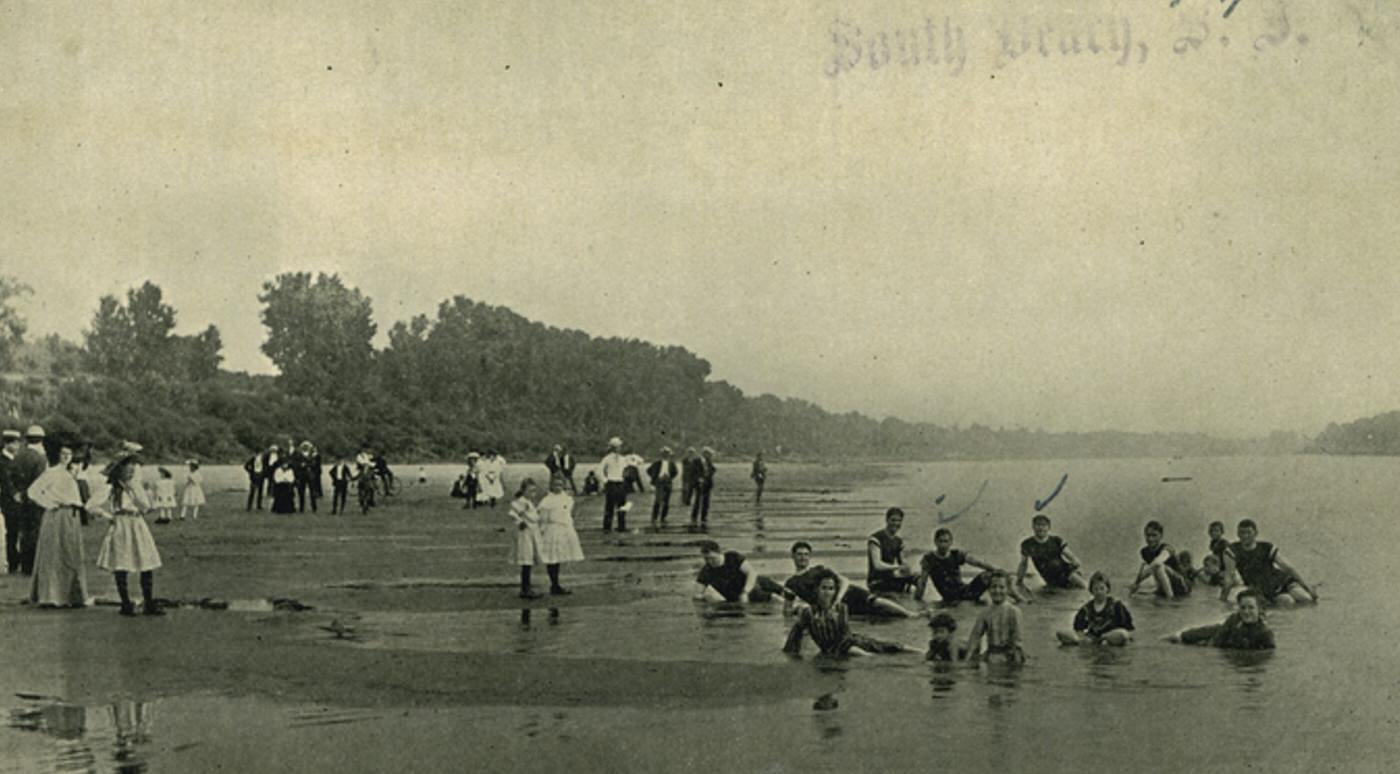


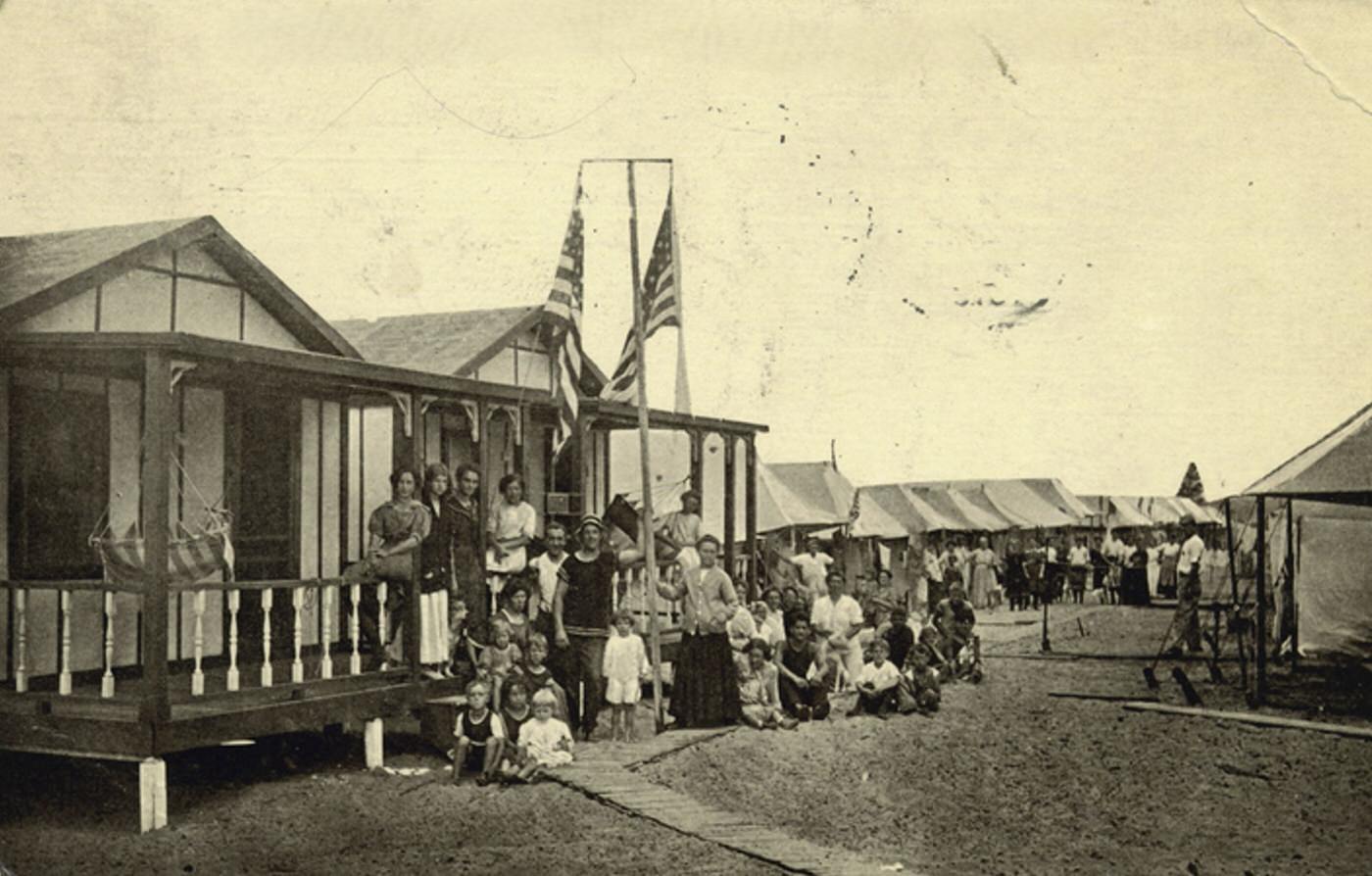
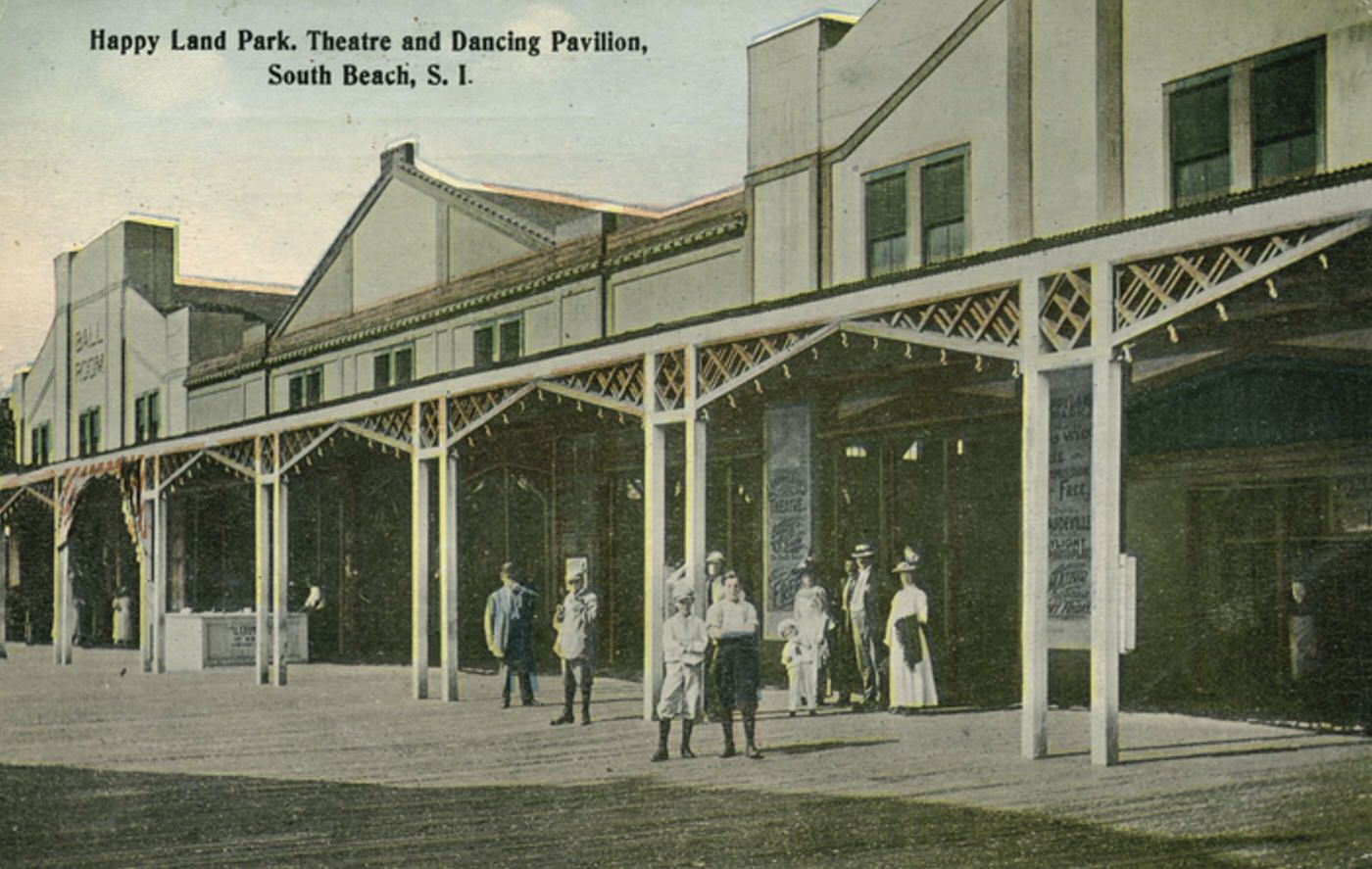
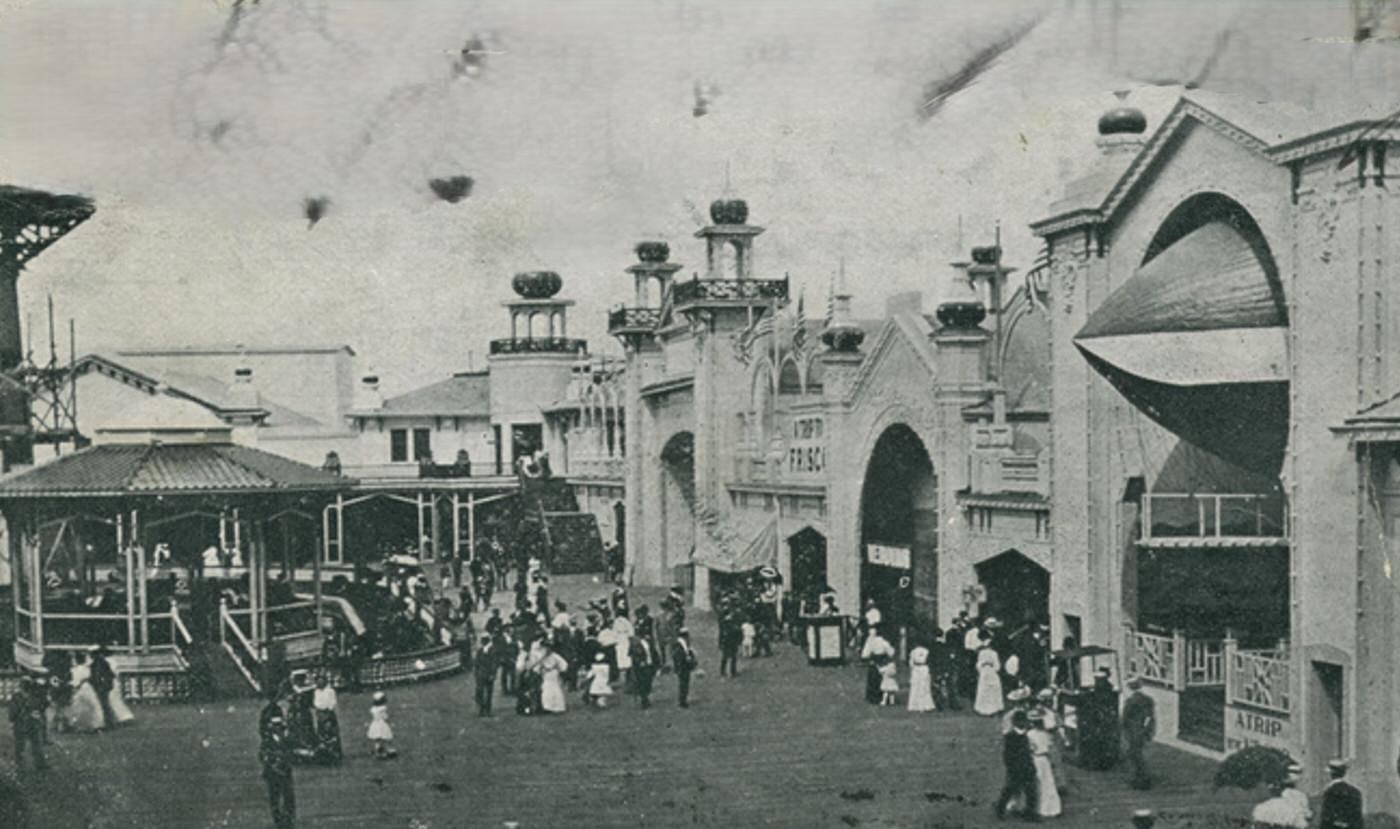




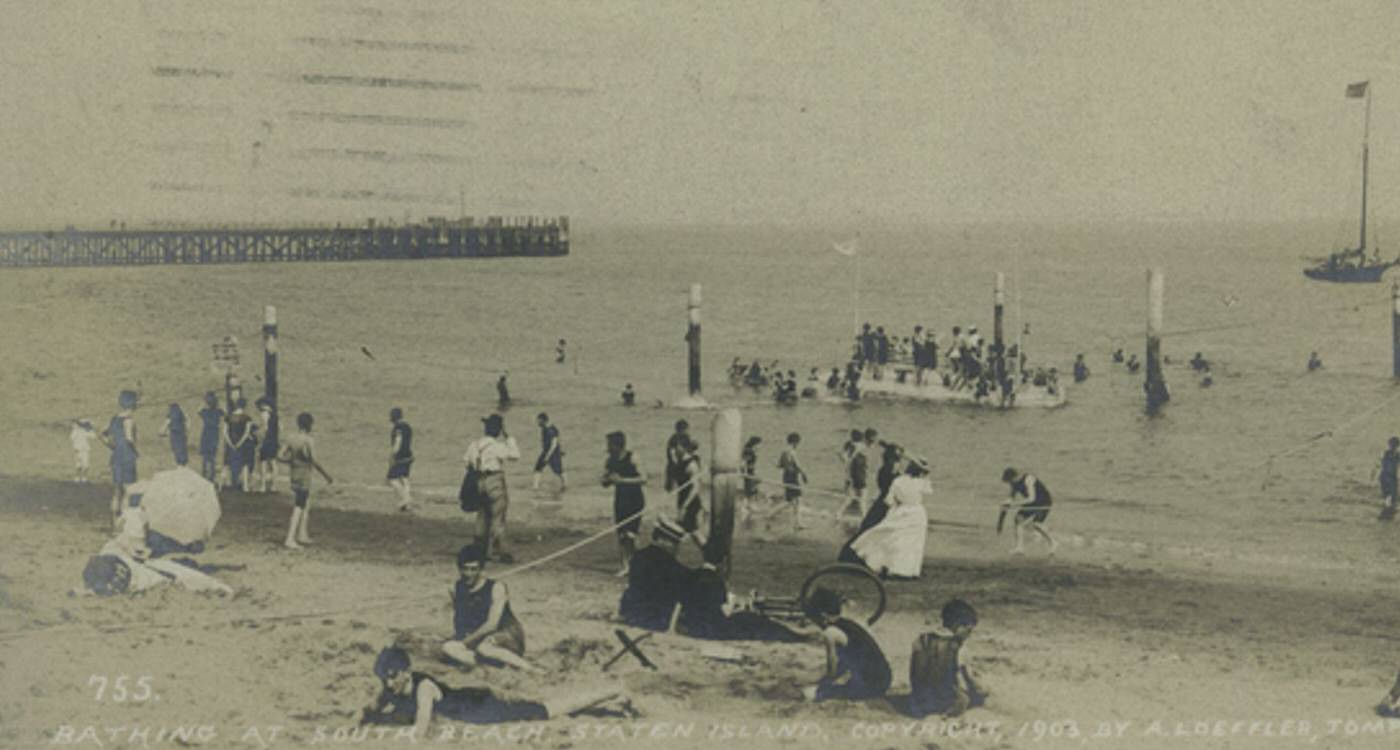
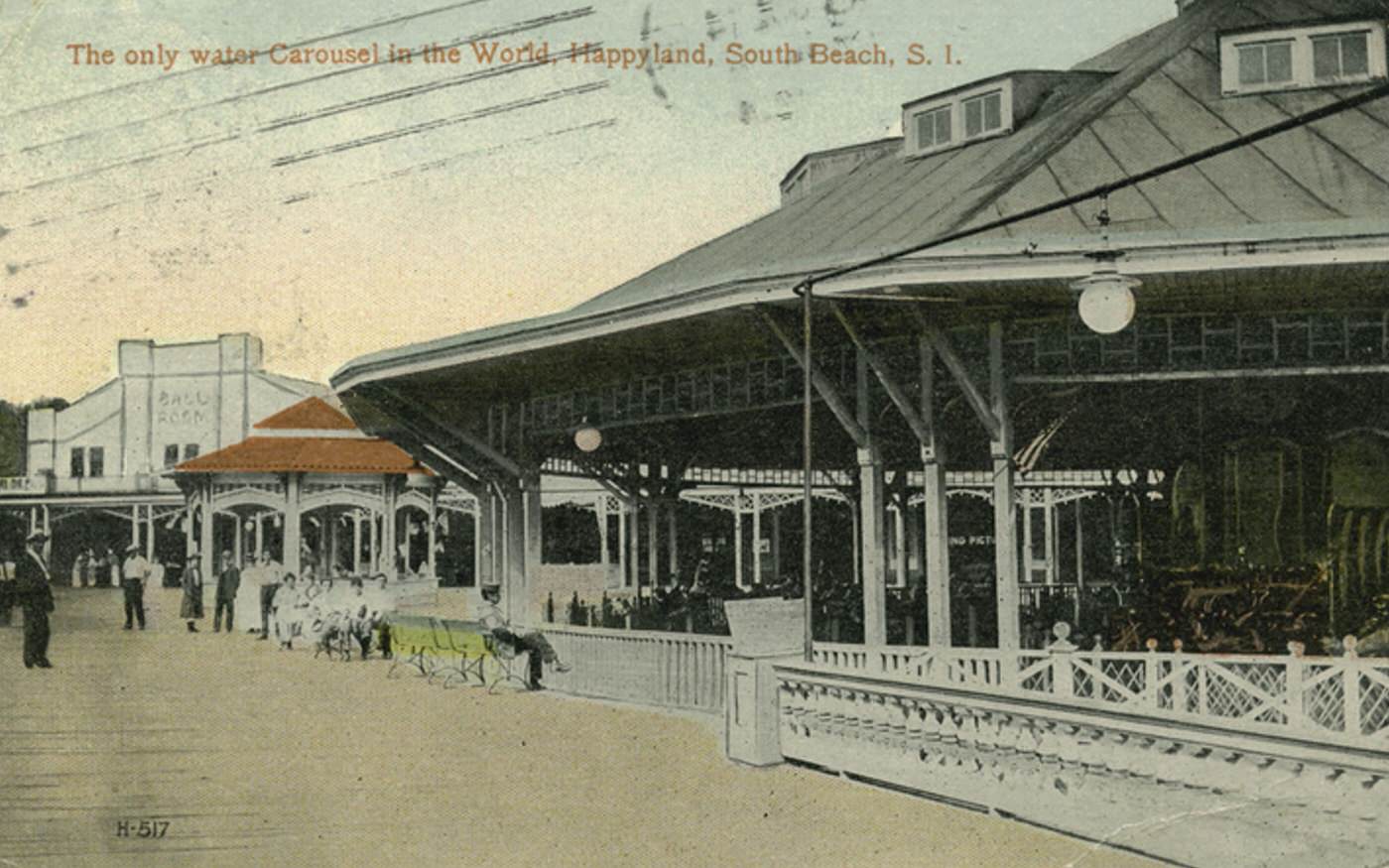
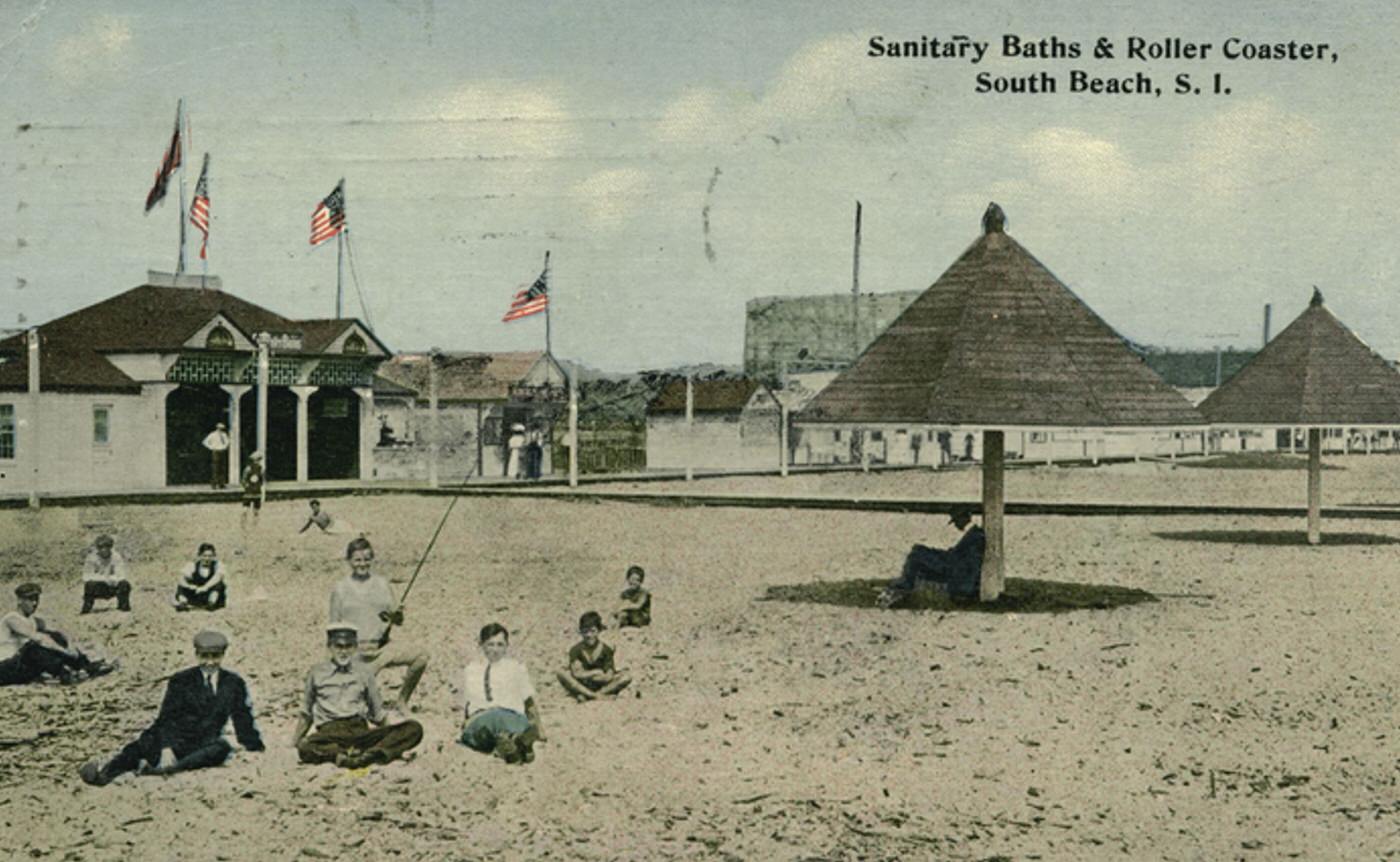
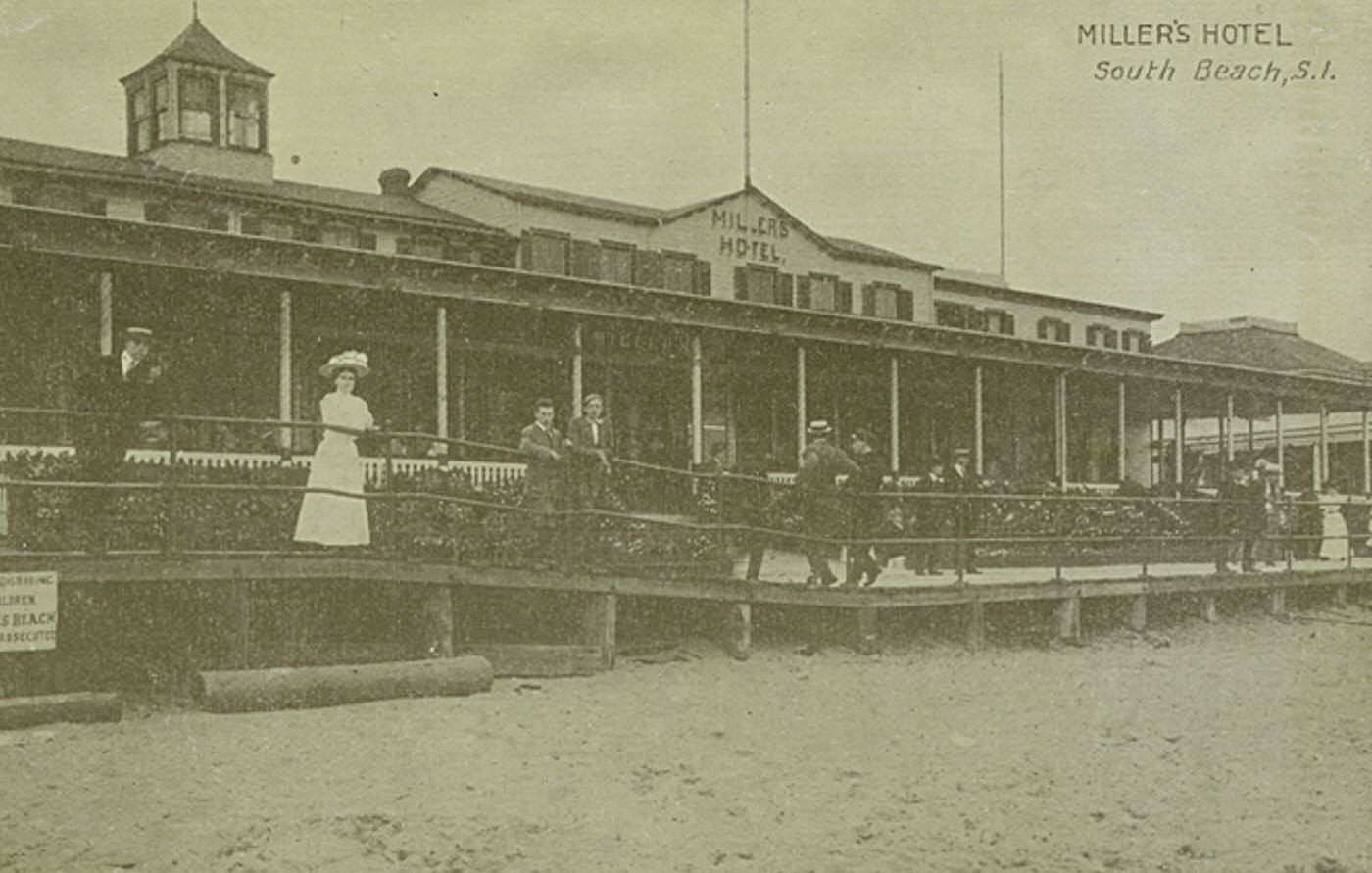

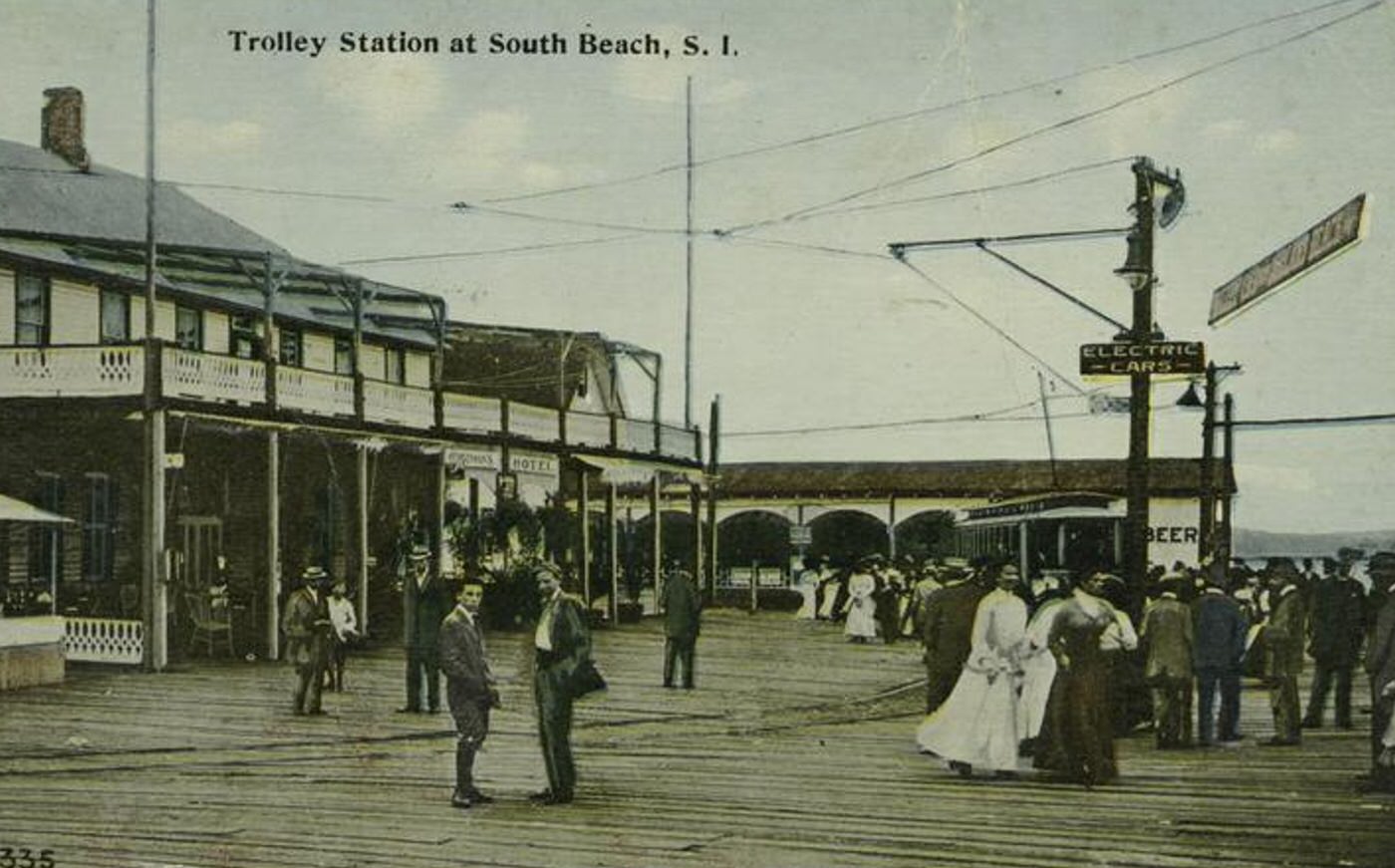
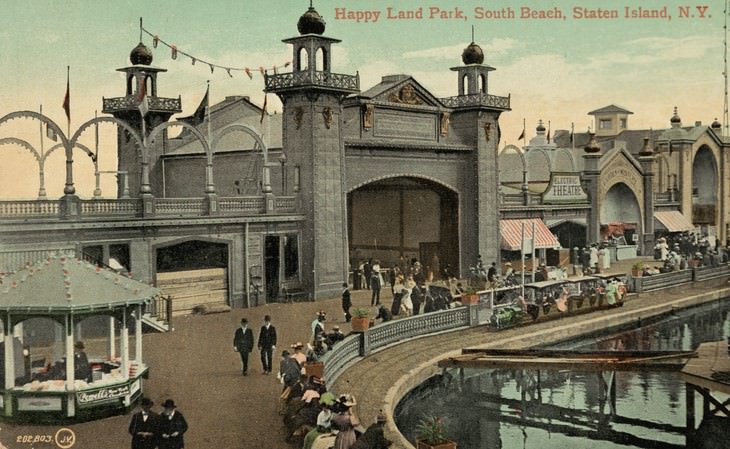
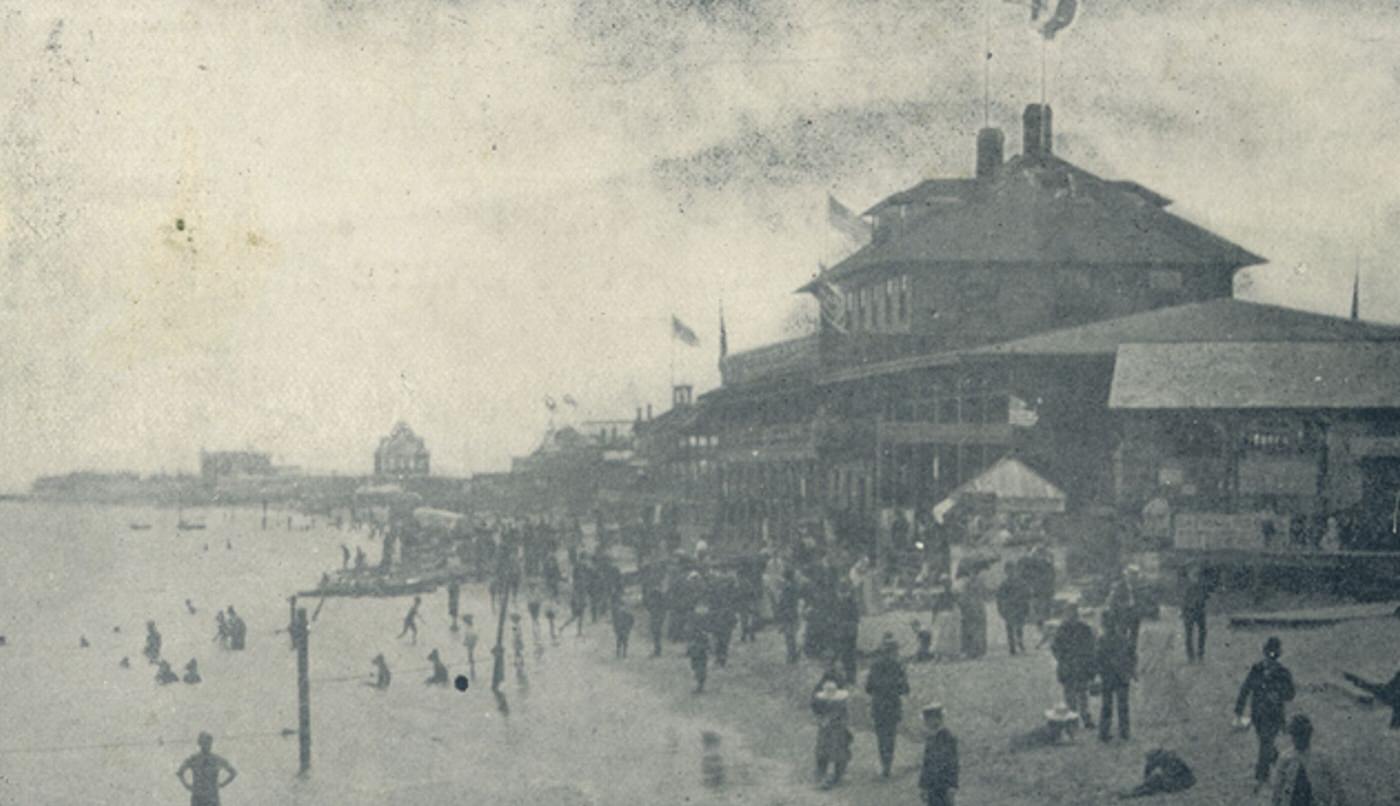

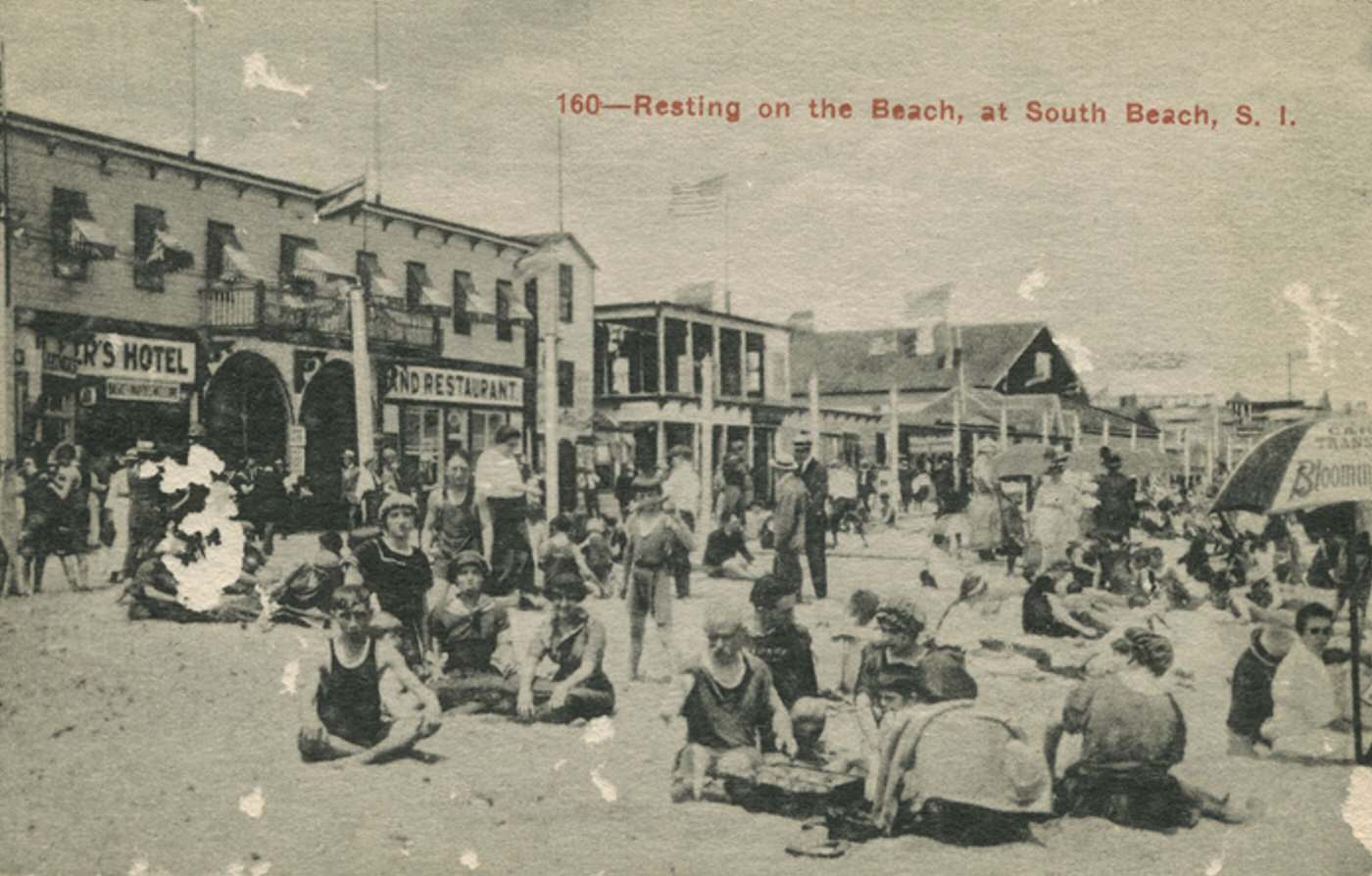
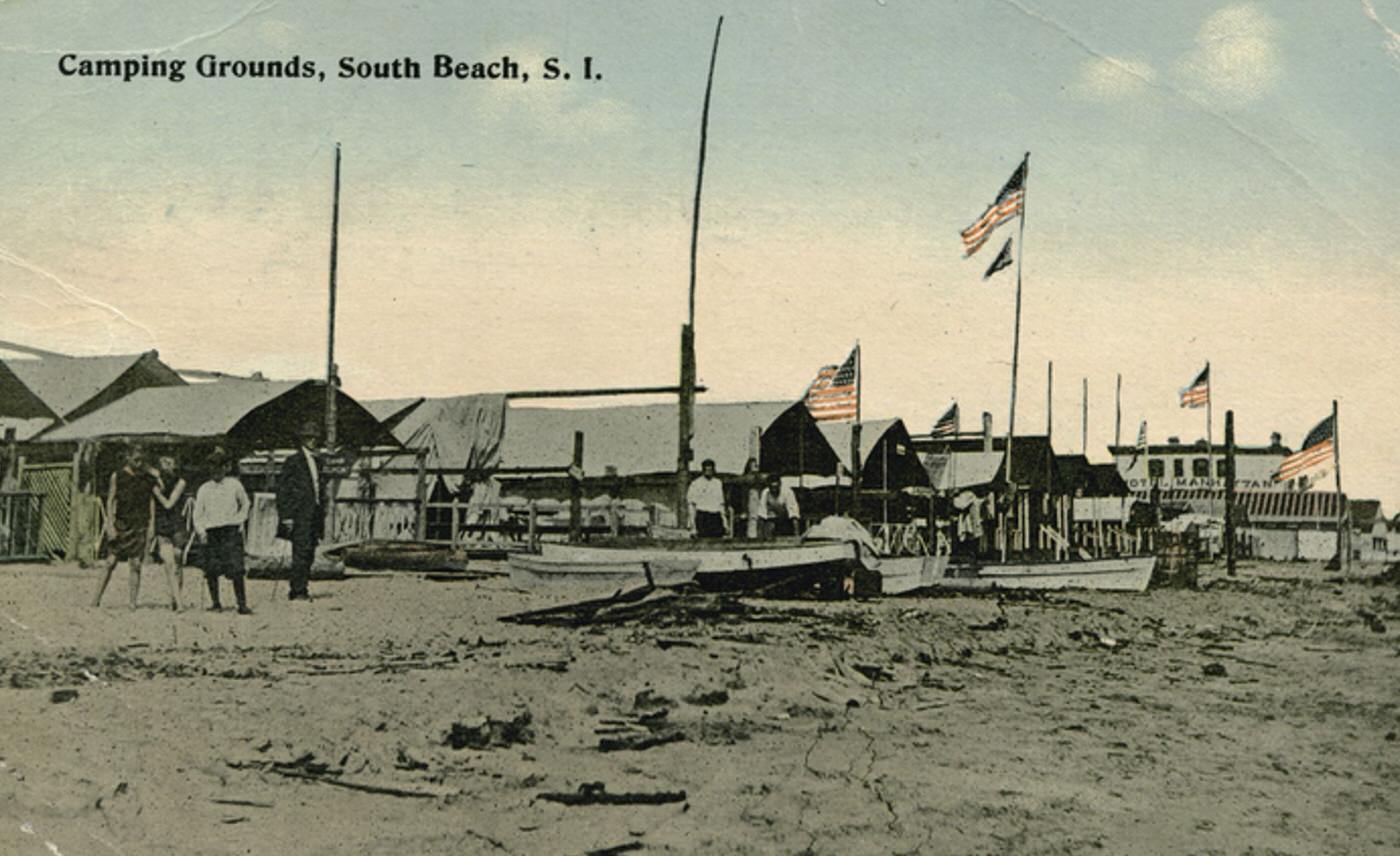

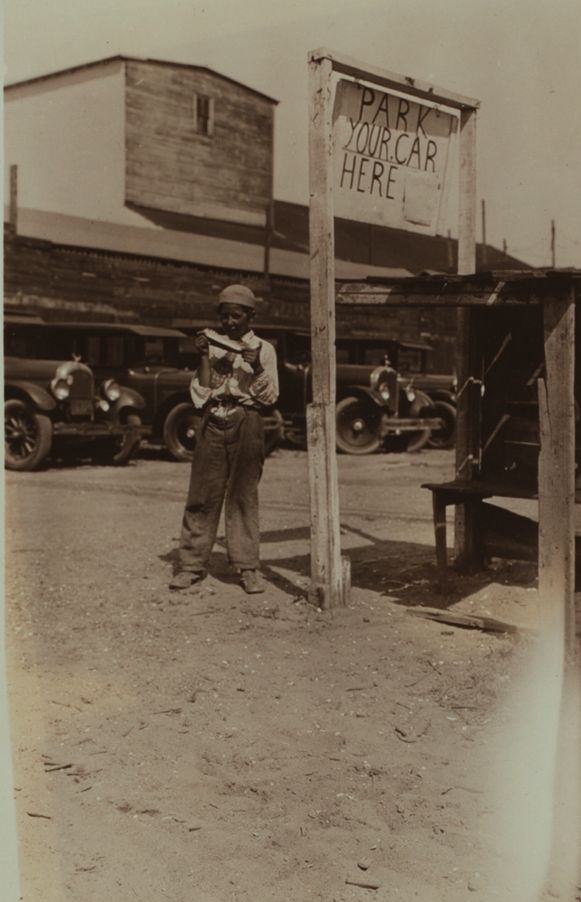
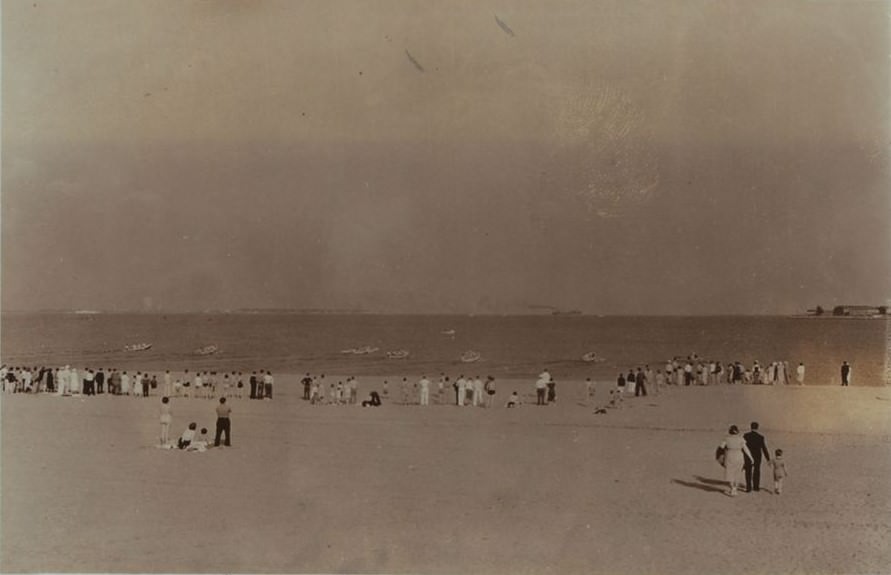
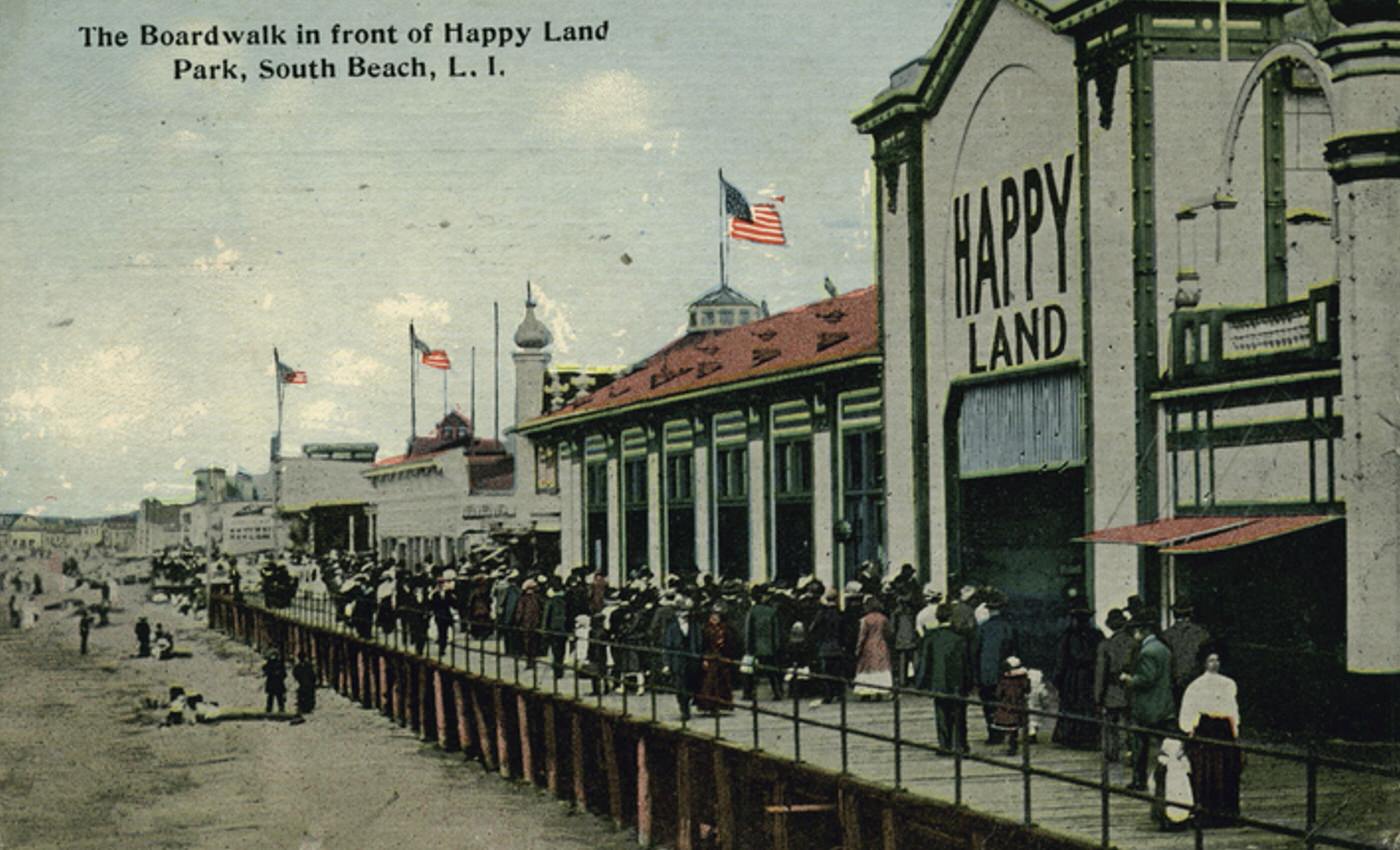
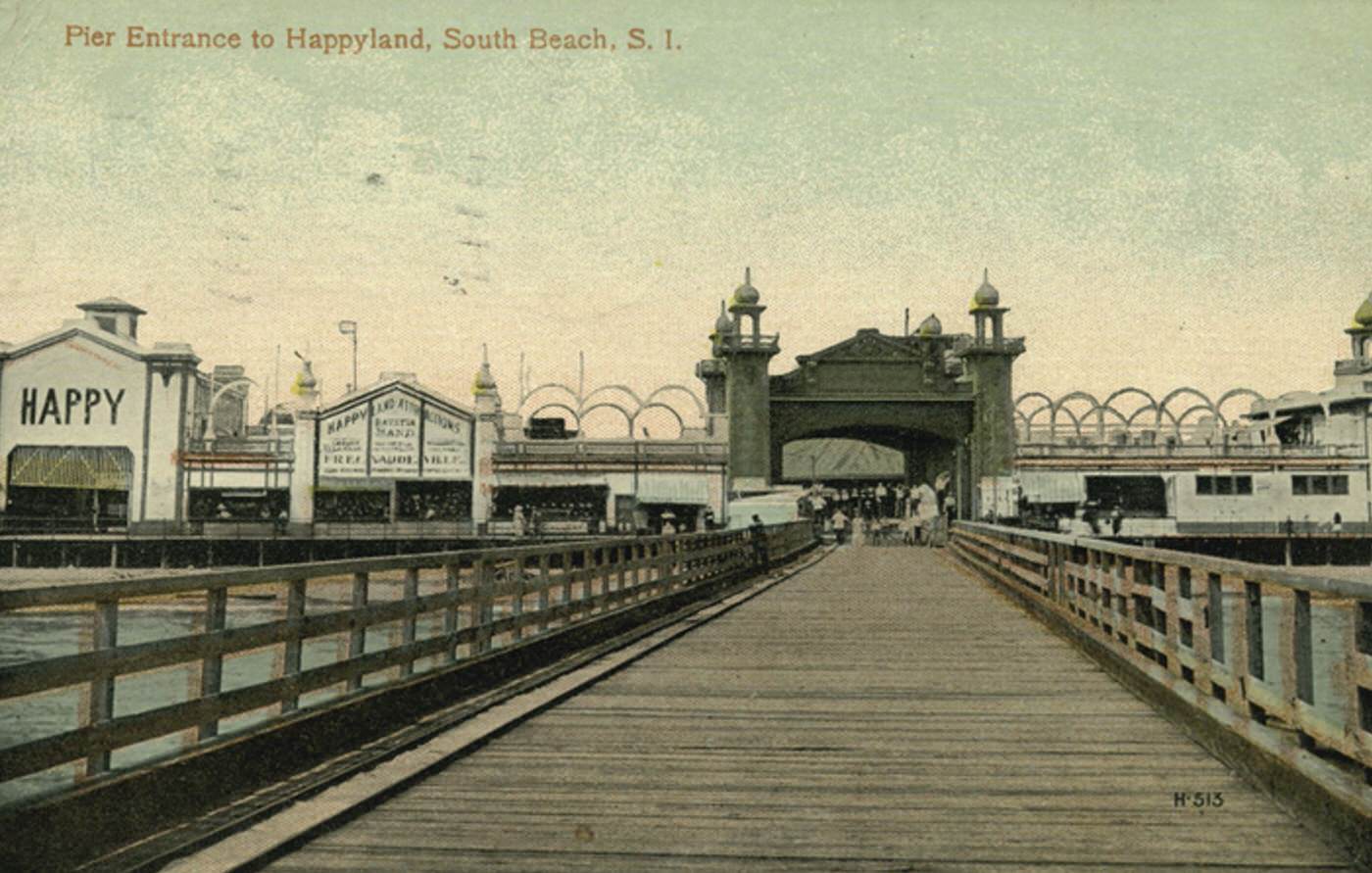
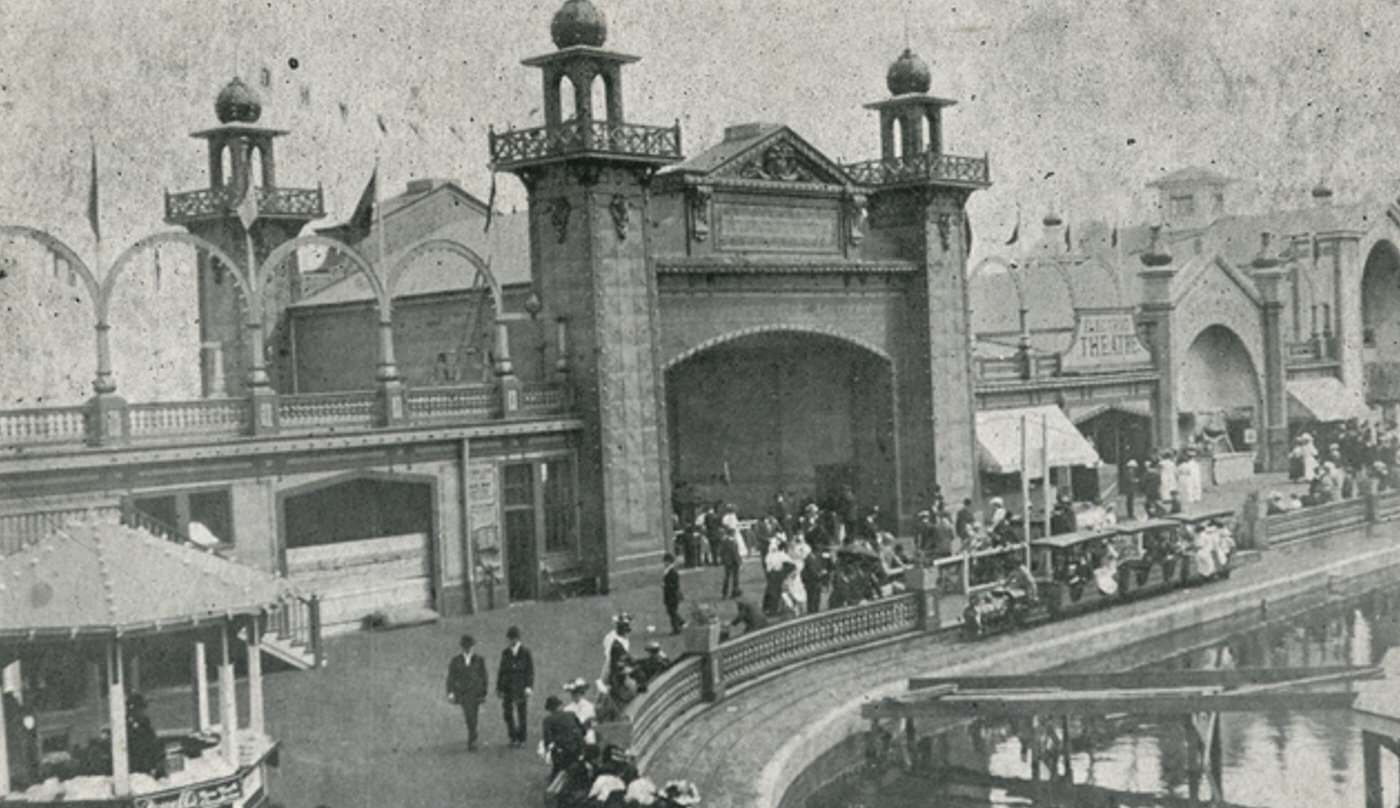

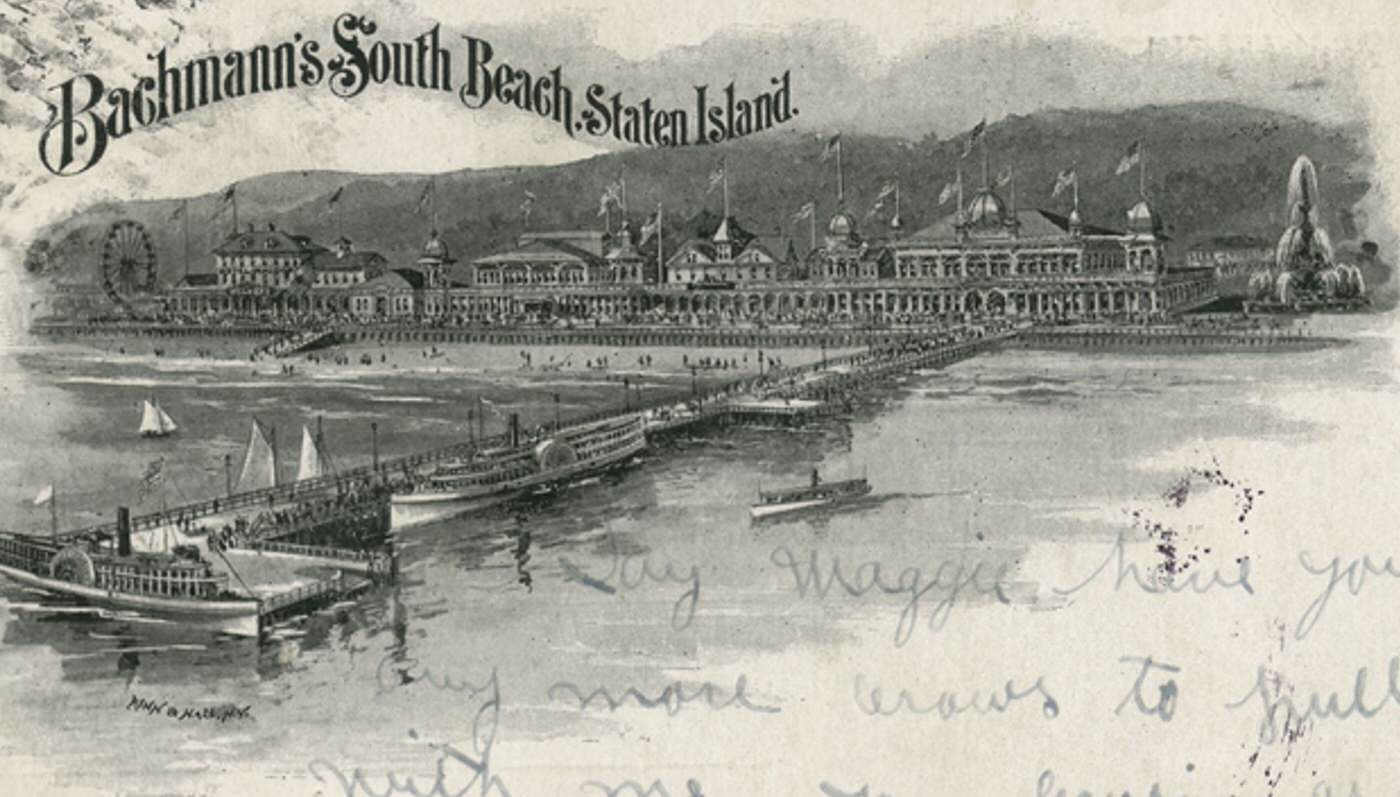

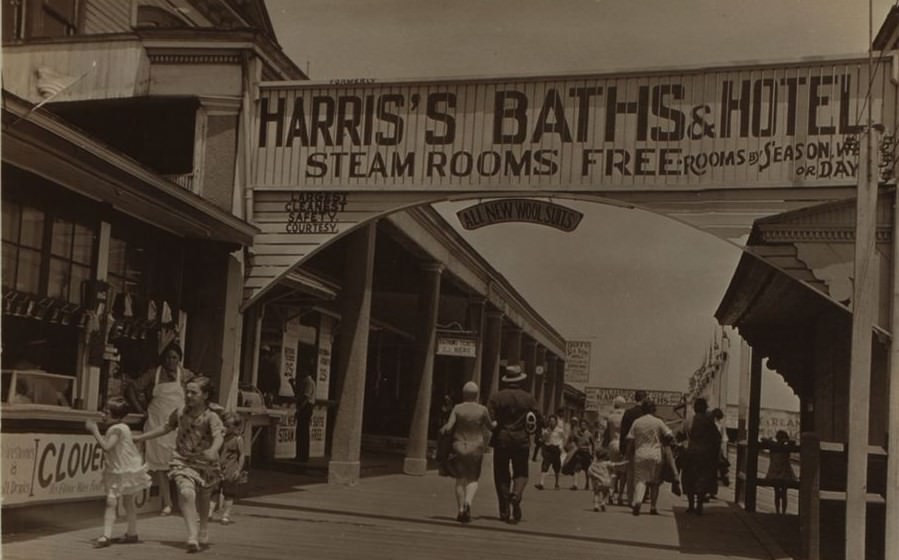
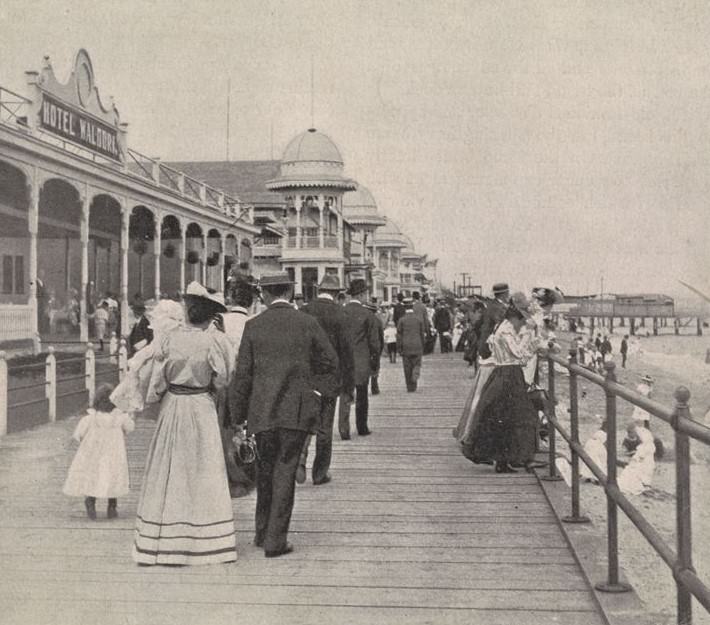
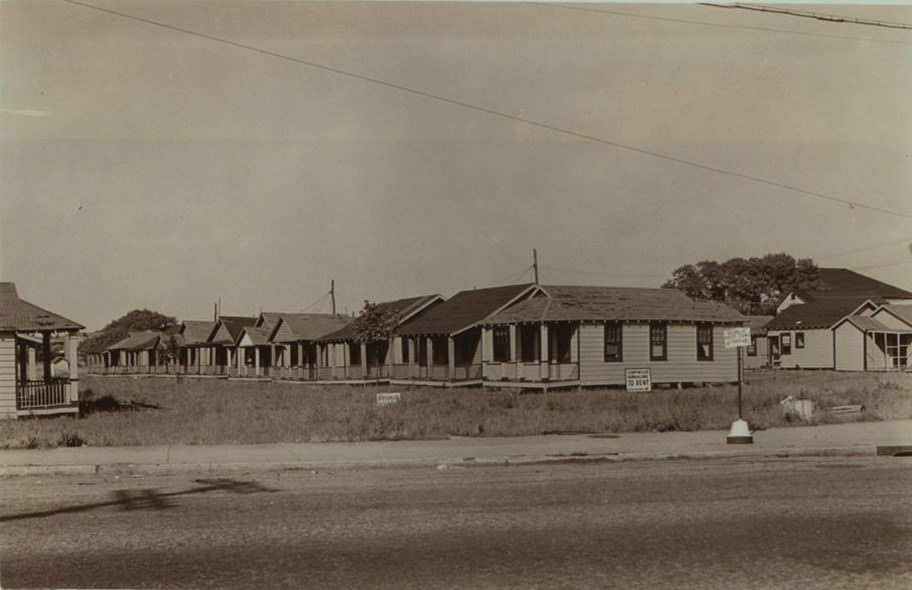
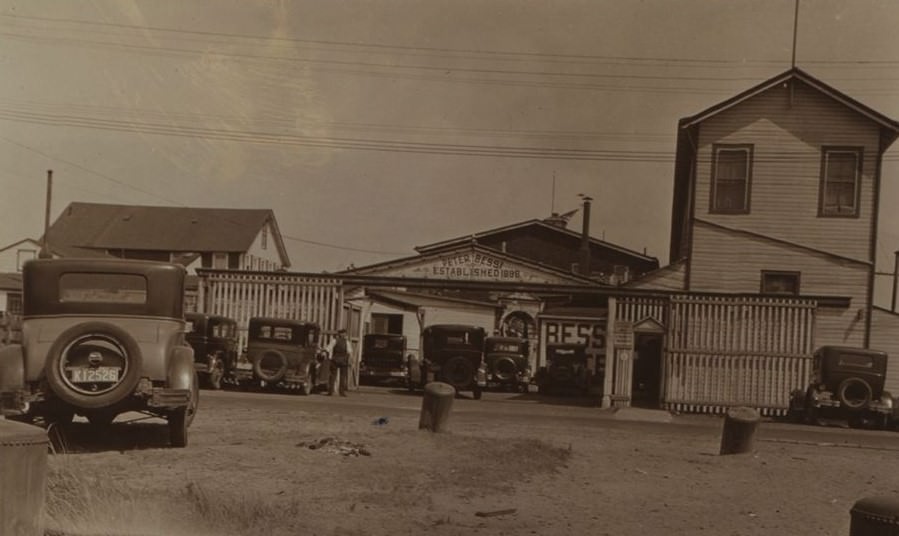

GIPHY App Key not set. Please check settings